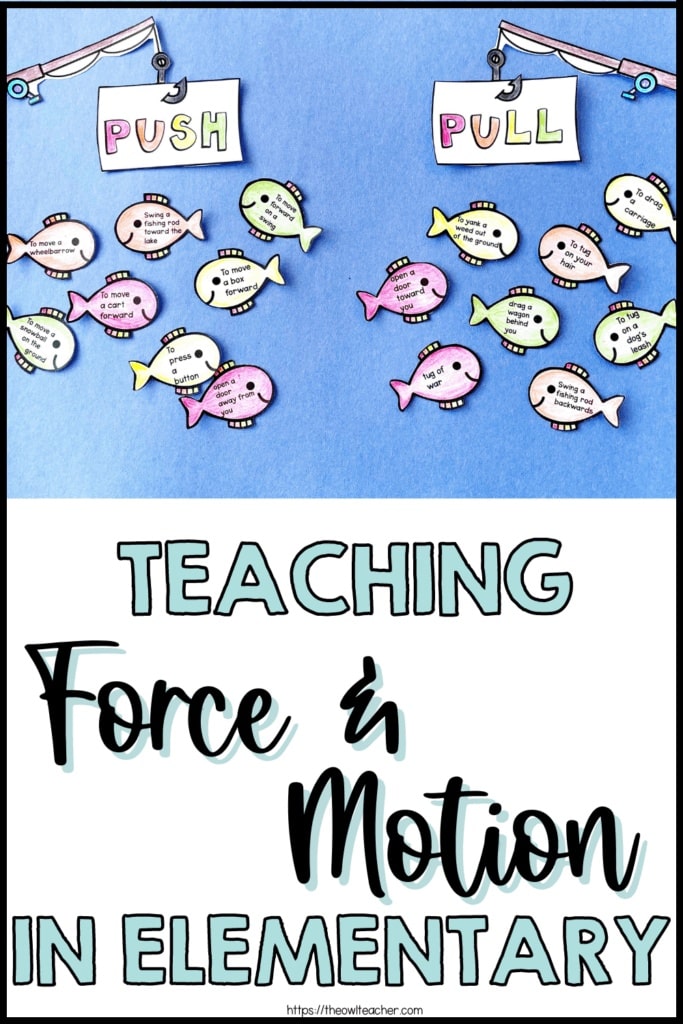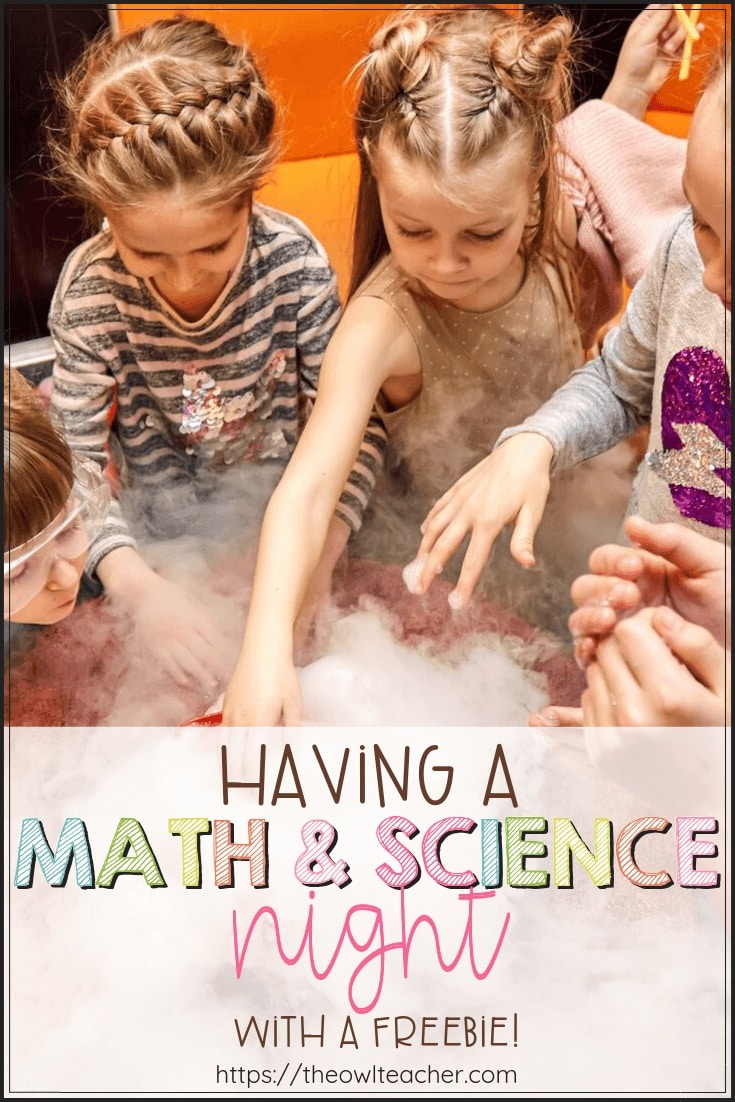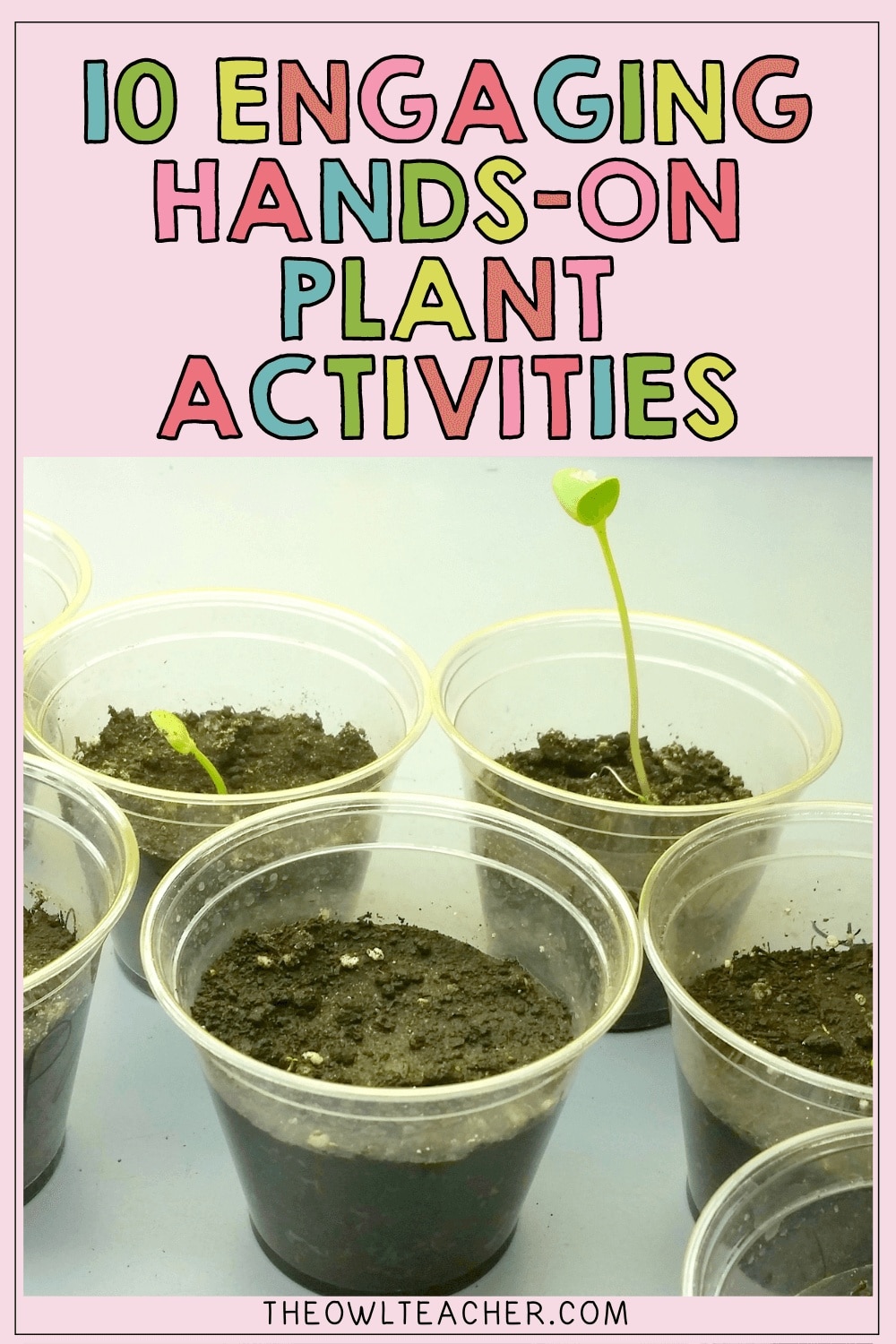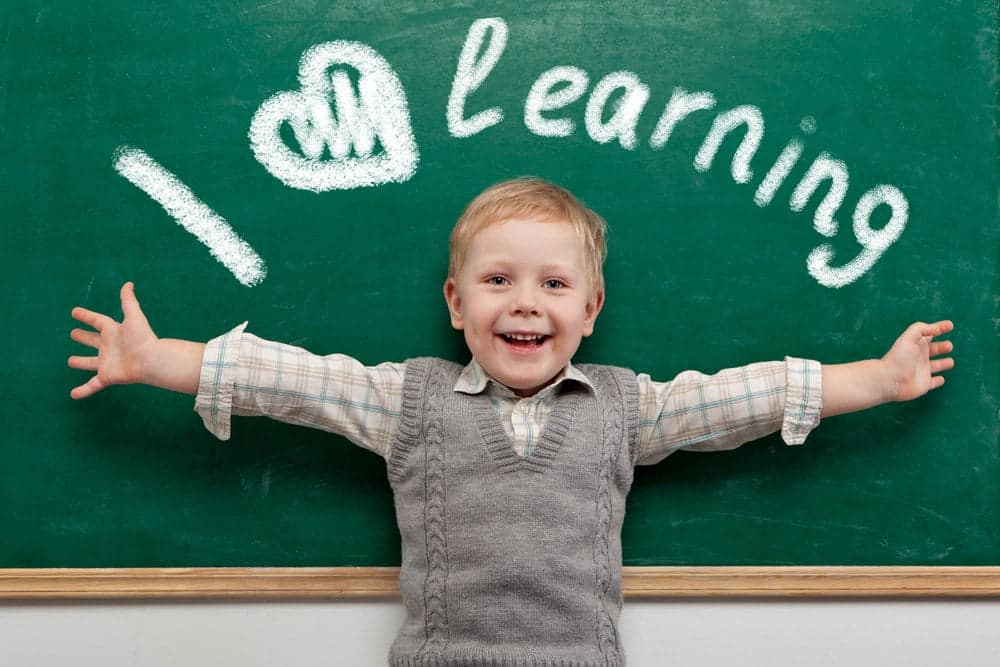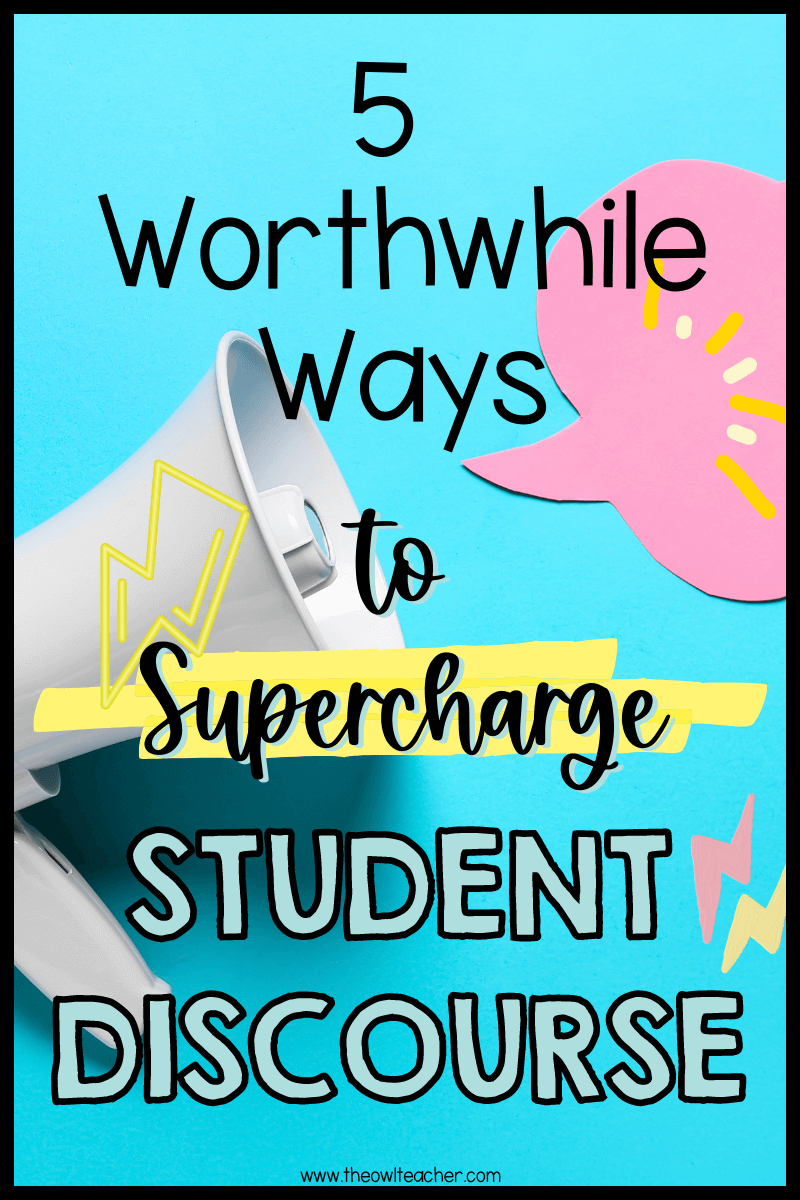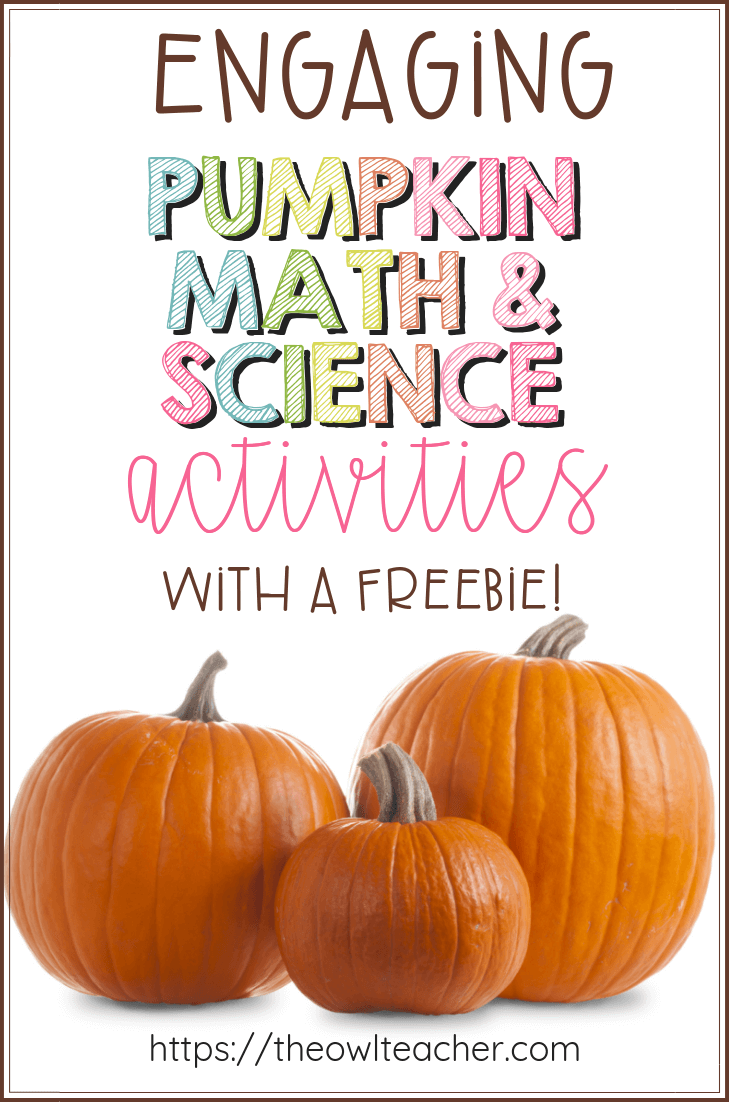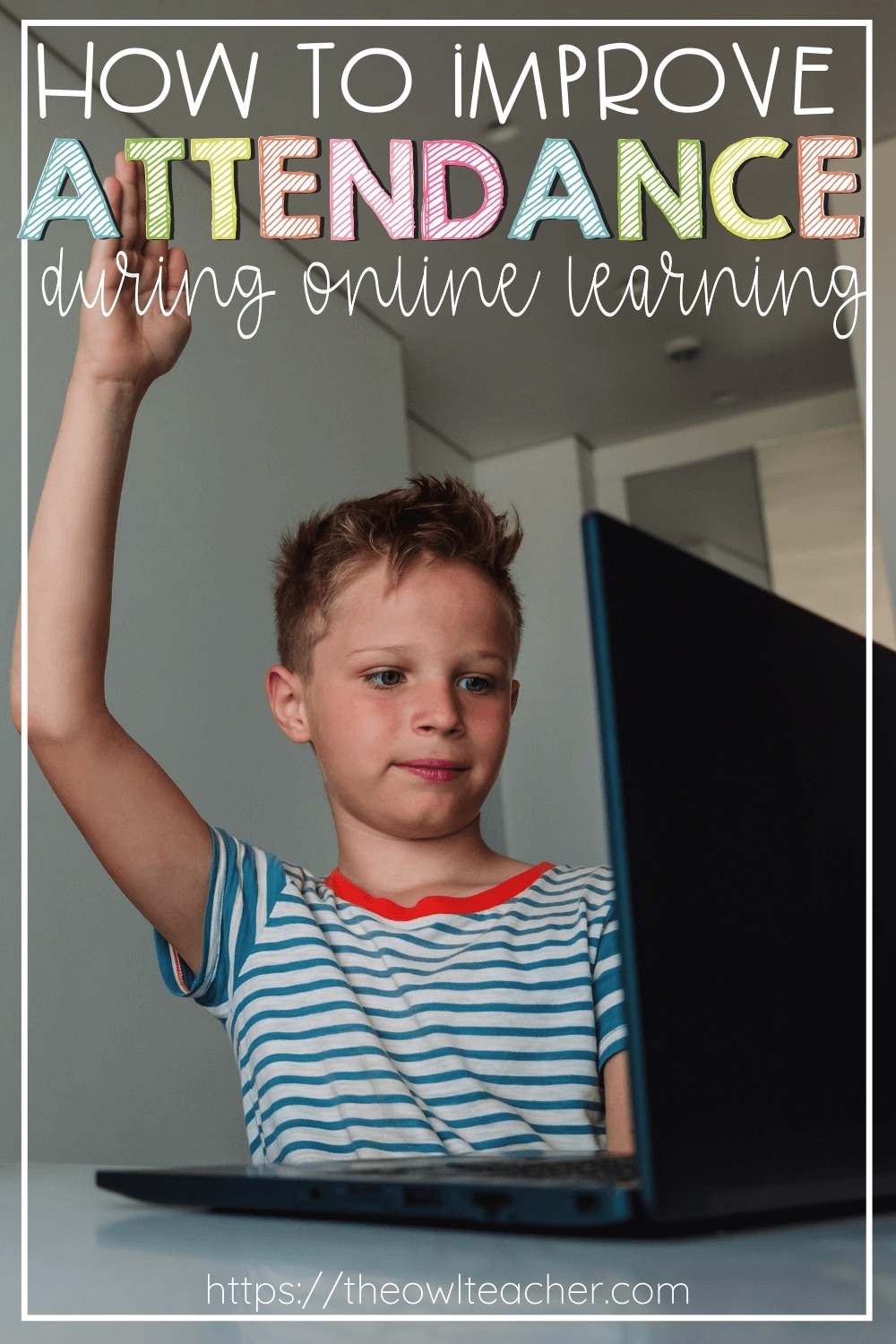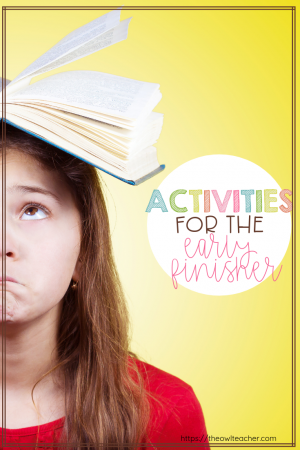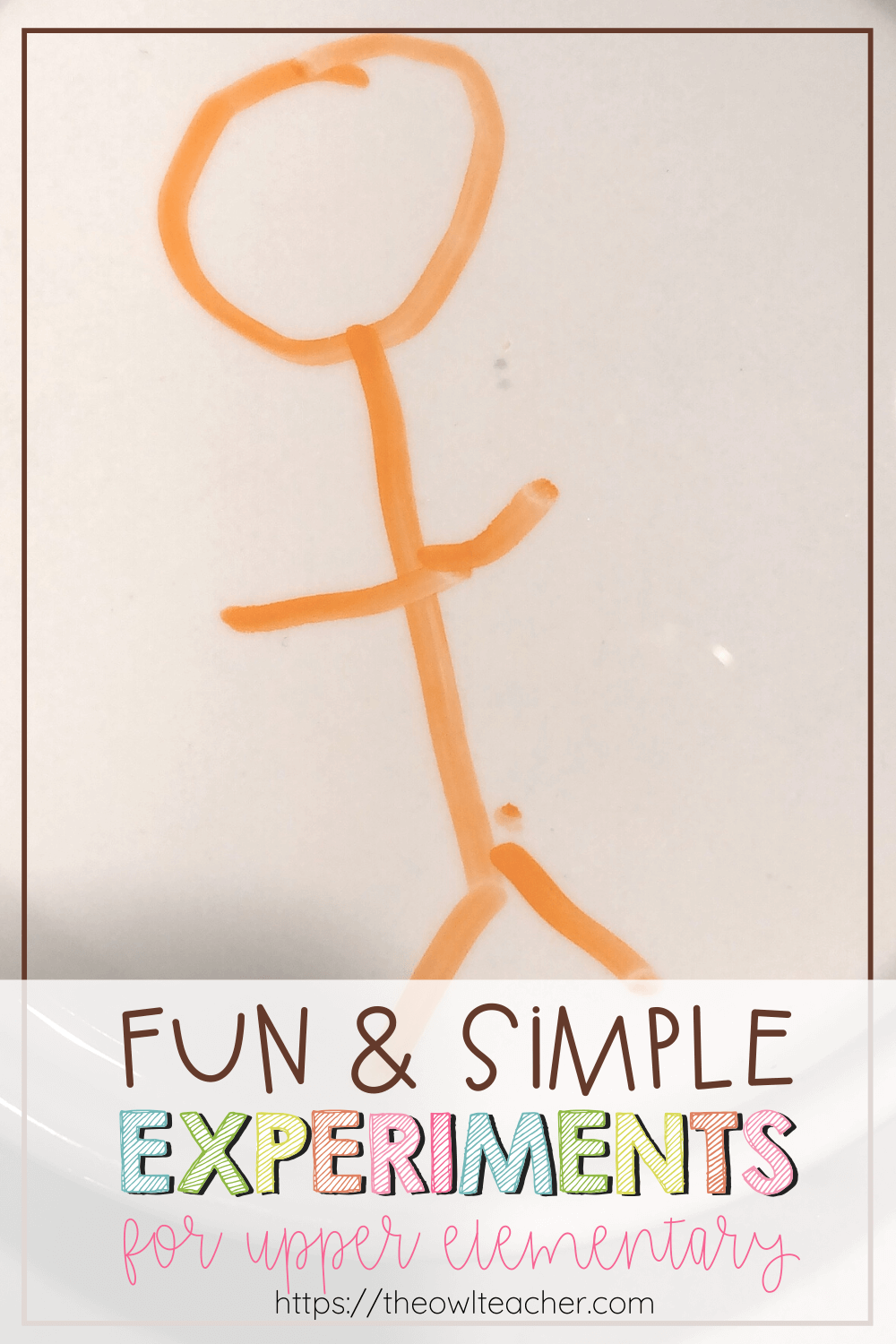
One of the simplest ways to be taught science is thru hands-on experiences. I like sharing these enjoyable, participating experiments with my college students. The most effective experiments, nevertheless, are ones that may be arrange rapidly and brought down simply. Easy experiments might be carried out in a category interval or a brief block of time. Listed here are some enjoyable and easy experiments for higher elementary that you should use along with your college students immediately!

Enjoyable and Easy Experiment #1
Construct a Easy Circuit Lab
Train your college students about present electrical energy. After introducing phrases and studying about present electrical energy within the electrical energy unit, share an experiment to convey the ideas to life.
With present electrical energy, electrical currents move alongside a path. One of many coolest methods to clarify present electrical energy is a straightforward experiment the place college students will construct their very own circuit lab. All it takes is measurement D batteries, battery holders with clips, insulated wire, flashlight bulbs, and bulb holders. With this exercise, your college students could make a closed circuit.
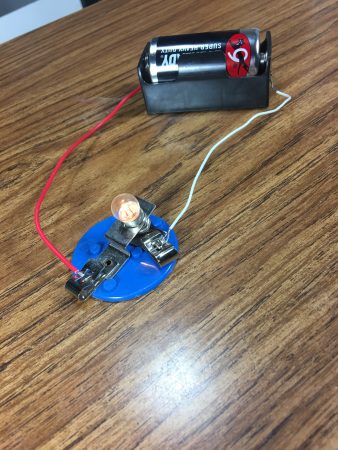
1. First, start by offering the supplies to your college students.
2. Then, problem your college students to determine tips on how to make the bulb gentle.
3. Subsequent, have your college students disconnect the wire from the tip of the battery to see what occurs.
4. Mirror on the totally different phrases launched at first of the lesson with questions from the Constructing a Easy Circuit Lab reflection sheet.
- a. What’s the power supply?
- b. What are the terminals?
- c. What occurs whenever you join the plastic overlaying of the wire and never the uncovered plastic ends?
- d. What two elements are wanted to make electrical energy move?
- e. Do you want a resistor?
- f. Do you need to have wires related to each terminals to finish the circuit?

These reflection questions together with further studying will assist your college students perceive present electrical energy with this straightforward, participating experiment. You’ll be able to examine different nice electrical energy experiments right here.
Enjoyable and Easy Experiment #2
Floating Marker Drawings
Possibly you’ve seen the video on-line of how one can convey marker drawings to life with water! It’s not simply magic; there’s truly science behind the “magic” marker!

1. First, have your college students write with a dry-erase marker on a non-porous, easy floor like a glass dish or a desk.
2. Then, they need to pour water on prime of the marker drawing.
3. Subsequent, the marker magically “lifts” away.
4. After performing the preliminary experiment, attempt utilizing various kinds of markers to carry out the identical experiment on easy non-porous surfaces. (Use dishes or surfaces that may be marked with everlasting markers.)
5. Subsequent, use dry-erase markers on totally different porous surfaces like paper or corkboard.
6. Lastly, have your college students replicate on easy questions to determine why the marker lifts away.
- a. What are the qualities of dry-erase markers in comparison with everlasting markers?
- b. Why does the dry erase marker raise from porous surfaces and never non-porous surfaces?
- c. Why does the dry erase marker raise and never the everlasting marker?
7. Talk about the distinction between soluble (dissolvable) and insoluble (incapable of being dissolved) substances.
8. Talk about density and the way it’s associated to solubility.
This enjoyable lesson is a good way to debate density and solubility along with your college students.
Enjoyable and Easy Experiment #3
Drive and Movement
Even higher elementary youngsters love Sizzling Wheels vehicles! Train your college students about drive and movement with some books, vehicles, and pennies!
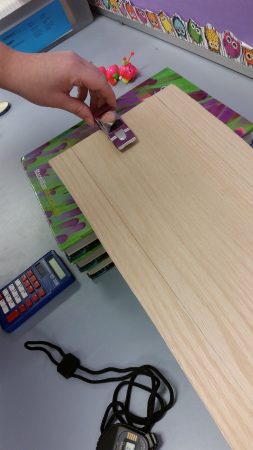
1. Begin by introducing ideas of drive and movement along with your college students with the drive and movement unit supplies.
2. Subsequent, have your college students make a ramp with a guide and a small board.
3. Then, have them roll the recent wheel automobile down the ramp.
4. Subsequent, measure the space traveled, time, and pace (distance/time) on the drive and movement chart.
5. Repeat the experiment with three and 5 books.
6. Have your college students replicate on the questions:
- a. How does peak affect the pace of the automobile?
- b. How does the angle affect the movement of the automobile?
- c. What position does gravity play within the experiment?
7. Your college students may also add a further problem by taping pennies to the highest of the automobile.
8. Ask your college students how weight impacts the experiment.
You’ll be able to examine different drive and movement experiments right here and seize a freebie!
These unbelievable but easy science experiments might be accomplished at residence or college. Pair these and different experiments with science unit lesson plans to assist pupil studying!

Try these associated merchandise!
-
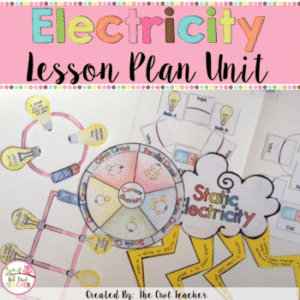 Electrical energy Lesson Plan Unit $7.50 Add to cart
Electrical energy Lesson Plan Unit $7.50 Add to cart -
 Matter Unit $5.00 Add to cart
Matter Unit $5.00 Add to cart - Drive and Movement Unit $7.50 Add to cart




